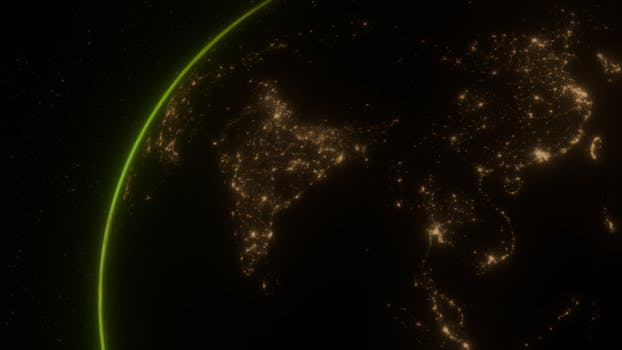
“
Beyond the Milky Way: Imagining New Worlds and Possibilities
Introduction to the Milky Way and Beyond
When we think of the universe, we often start with what we know, the Milky Way. Our galaxy, home to hundreds of billions of stars, including our Sun, is just one of the billions of galaxies in the observable universe. But what lies beyond the Milky Way? Are there other galaxies, stars, and planets out there, and if so, what might they be like? In this article, we’ll delve into the possibilities of new worlds beyond the Milky Way, and what they might hold for humanity.
Understanding the Scale of the Universe
The universe is vast and complex, with distances between objects so great that they’re almost incomprehensible. The nearest star to the Sun, Proxima Centauri, is about 4.24 light-years away, which means that if we were to travel to it at the speed of light, it would take over 4 years to get there. And that’s just the beginning. The Milky Way galaxy itself is estimated to be about 100,000 light-years in diameter, and it’s just one of the billions of galaxies in the observable universe.
The universe is also constantly expanding, with galaxies moving away from each other at incredible speeds. This expansion was first observed by Edwin Hubble in the 1920s, and it’s been confirmed by numerous observations since then. The most distant objects we can see are over 13 billion light-years away, which means that we’re seeing them as they existed just 700 million years after the Big Bang.
Imagining New Worlds and Possibilities
So what might these new worlds beyond the Milky Way be like? Could they support life, or would they be hostile environments that are inhospitable to life as we know it? The possibilities are endless, and scientists have been exploring these questions through observations, simulations, and theoretical models.
One of the most exciting areas of research is the search for exoplanets, which are planets that orbit stars other than the Sun. Over 4,000 exoplanets have been discovered so far, and many of these planets are believed to be located in the habitable zones of their respective stars, where conditions are suitable for life as we know it.
Another area of research is the study of galaxy formation and evolution. By simulating the formation of galaxies, scientists can gain insights into how stars and planets might form in different environments, and what the properties of these objects might be. This can help us better understand the possibilities for life beyond the Milky Way.
Takeaways
- The universe is vast and complex, with distances between objects that are almost incomprehensible.
- The Milky Way is just one of the billions of galaxies in the observable universe.
- Exoplanets and galaxy formation are two areas of research that are helping us explore the possibilities of new worlds beyond the Milky Way.
- The universe is constantly expanding, with galaxies moving away from each other at incredible speeds.
Conclusion
In conclusion, the possibilities for new worlds beyond the Milky Way are endless and fascinating. From exoplanets to galaxy formation, scientists are exploring the unknown and making new discoveries that are helping us better understand the universe and our place in it. As we continue to explore and learn more about the universe, we may uncover even more exciting possibilities for life beyond the Milky Way.
See more:
https://www.nasa.gov
https://www.esa.int
https://www.space.com






